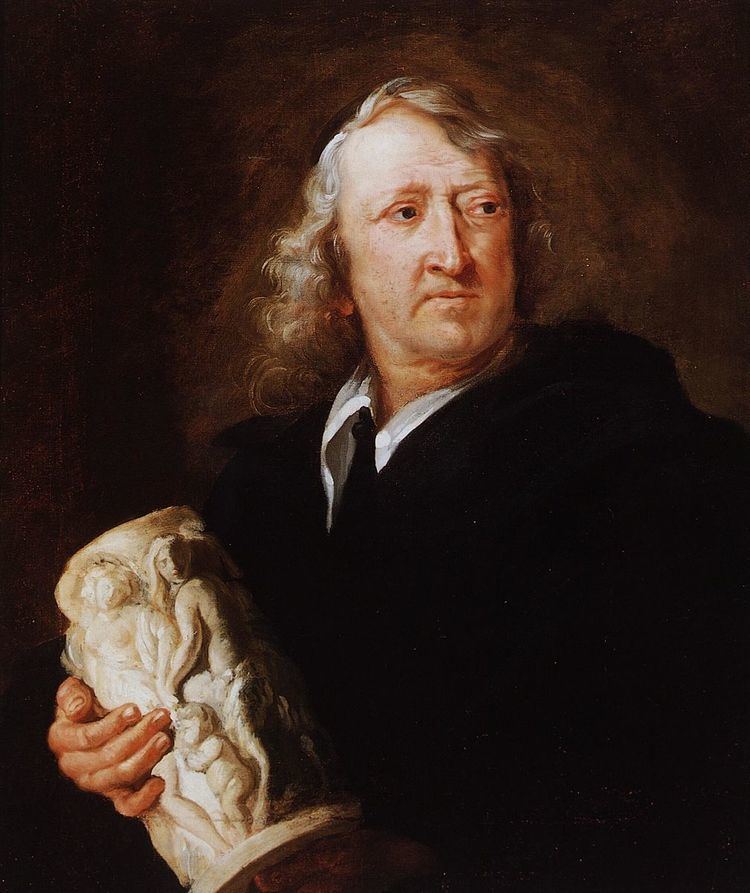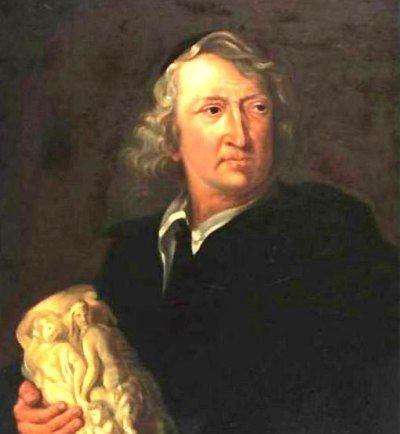Name Gerard Opstal | Period Baroque | |
 | ||
Quingo 5 wiel scootmobiel zomer journaal met gerard van opstal
Gerard van Opstal or Gérard van Opstal (1594 or 1597 in Brussels – 1668 in Paris), was a Flemish Baroque sculptor mainly active in Paris.
Contents
- Quingo 5 wiel scootmobiel zomer journaal met gerard van opstal
- Quingo 5 wiel scootmobiel journaal met gerard van opstal
- Biography
- Work
- References

Quingo 5 wiel scootmobiel journaal met gerard van opstal
Biography
He was born in 1594 or 1597 in Brussels or Antwerp as the son of Anton van Opstal. He was trained around 1630 by Niklaas Diodone. He became master in the Antwerp Guild of St. Luke in 1635 and had a registered pupil there in 1641.
He was a son-in-law of the Antwerp sculptor Johannes van Mildert. When his father-in-law died, he was contracted by the local city magistrates to complete the sculpture of Christ for the Calvary group on the Falconplein (Falcon square) in Antwerp. He moved to Paris before 1648, presumably at the explicit invitation of Cardinal Richelieu. Here he became one of the founders of France's Académie royale de peinture et de sculpture. Van Opstal was awarded the title 'sculpteur des batiments du roi' (Sculptor of the king's buildings) in 1651.
He is particularly important for having brought a legal case in 1667 against the widow of a patron, Duchemin, intendant to Mademoiselle d'Orléans, for nonpayment of a commission dating from 1658. This case consisted of an effort to argue for sculpture as a liberal rather than mechanical trade. [Cite Paul Duro, The Academy and the Limits of Painting in Seventeenth-Century France (Cambridge: 1997), p. 20]
In 1667 Van Opstal also delivered a conférence at the Académie royale on the "Laocöon".
His son Louis van Opstal also became a sculptor.
Work
Van Opstal was particularly skilled in the carving of low-relief friezes with classical mythological themes. He worked not only in stone and marble, but was also an expert in carving ivory reliefs. His ivory reliefs were widely admired and collected by his contemporaries and 17 of them were in the collection of king Louis XIV. His style combined elements of Roman sarcophagi, the Renaissance, the Baroque style of Peter Paul Rubens and Francois Duquesnoy and the emerging French classical style.
He was known for his sculptures at the Porte Saint-Antoine in Paris, made in 1670 in honour of Louis XIV's 10th marriage anniversary. Van Opstal created three sculptures personifying France, Spain and Hymen, to be placed in niches. The gate was demolished in 1778.
The Louvre holds very delicate ivory sculptures of putti by his hand.
